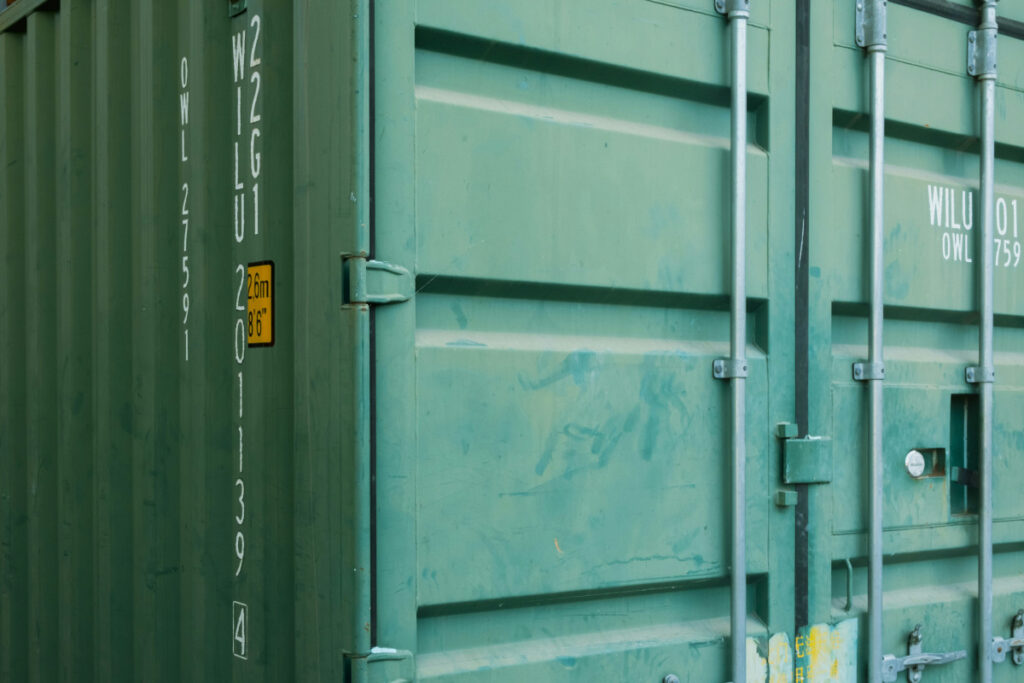By Dr. Cheah Chan Fatt
Malaysia is steadily positioning itself as a regional leader in sustainable logistics, with the development of the Southeast Asia Integrated Logistics Hub (SAILH) by Global Vision Logistics Sdn Bhd (GVL) serving as a prime example. Strategically located on 71 acres of prime industrial land in Shah Alam, SAILH is designed to be one of the largest green-certified logistics hubs in Southeast Asia. The hub is seamlessly connected to land, sea, and air transportation networks, and its phased development is expected to be completed by 2028. This ambitious project reflects Malaysia’s growing commitment to environmental sustainability and green infrastructure.

GVL’s sustainability efforts are anchored in its Green Finance Framework, which has received a Bronze Impact Assessment from MARC Ratings. This framework outlines the use of proceeds for green projects across seven eligible categories, including green buildings, renewable energy, energy efficiency, sustainable water and waste management, clean transportation, and circular economy technologies. These categories align with internationally recognised standards such as the Green Bond Principles (GBP), ASEAN Green Bond Standards (AGBS), and the Sustainable and Responsible Investment (SRI) Sukuk Framework issued by the Securities Commission Malaysia. The framework also supports the Green Loan Principles (GLP), ensuring that GVL’s financing strategy meets global expectations for transparency, accountability, and environmental impact.
The SAILH project is further supported by a RM1.5 billion ASEAN Green SRI Sukuk Programme, with backing from UOB Malaysia. This marks a significant milestone in Malaysia’s green financing landscape, demonstrating how sustainable investment can drive large-scale infrastructure development. The logistics hub is designed to achieve the GreenRE Silver Rating and global recognition through EDGE Advanced and EDGE Zero Carbon certifications. These certifications validate the hub’s commitment to energy efficiency, low-carbon construction, and sustainable design, setting a new benchmark for logistics infrastructure in the region.
To formally recognise green logistics developments in Malaysia, a clear set of criteria should be institutionalised. These include achieving third-party green building certifications such as GreenRE, EDGE, or LEED; aligning with global sustainability frameworks; demonstrating measurable environmental impact; and maintaining transparent financial reporting. Projects must also show alignment with key United Nations Sustainable Development Goals (SDGs), particularly those related to clean energy, sustainable cities, and responsible consumption. Additionally, logistics hubs should incorporate renewable energy systems, water-efficient infrastructure, waste reduction strategies, and support for clean transportation, such as electric vehicle charging stations.
The body responsible for certifying green logistics developments in Malaysia should be a collaboration between the Malaysian Green Technology and Climate Change Corporation (MGTC), GreenRE, and international certifiers like EDGE and LEED. MGTC, under the Ministry of Natural Resources, Environment and Climate Change, plays a pivotal role in promoting green growth and has the institutional capacity to oversee national certification standards. GreenRE, developed by the Real Estate and Housing Developers’ Association (REHDA), is tailored to Malaysia’s climate and regulatory context, while EDGE and LEED offer internationally recognised benchmarks. Together, these bodies can ensure that certifications are rigorous, transparent, and aligned with both local and global sustainability goals.
Recognising and certifying green logistics is not merely a symbolic gesture—it is a strategic imperative. Certification provides credibility to developers and investors, attracts green financing, and ensures accountability in environmental performance. It also helps Malaysia meet its climate commitments under the Paris Agreement and supports the national goal of achieving net-zero carbon emissions by 2050. By institutionalising these standards, Malaysia can accelerate the adoption of sustainable practices in the logistics sector, reduce its carbon footprint, and enhance its competitiveness in the global green economy.
In conclusion, the SAILH project by Global Vision Logistics exemplifies how logistics infrastructure can be both economically viable and environmentally responsible. It serves as a model for future developments and highlights the importance of integrating sustainability into the core of industrial planning.
As Malaysia continues to embrace green growth, recognising and promoting projects like SAILH through robust certification frameworks will be essential in shaping a more resilient and sustainable future.

The author is a Research Fellow at the Ungku Aziz Centre for Development Studies (UAC), Universiti Malaya
